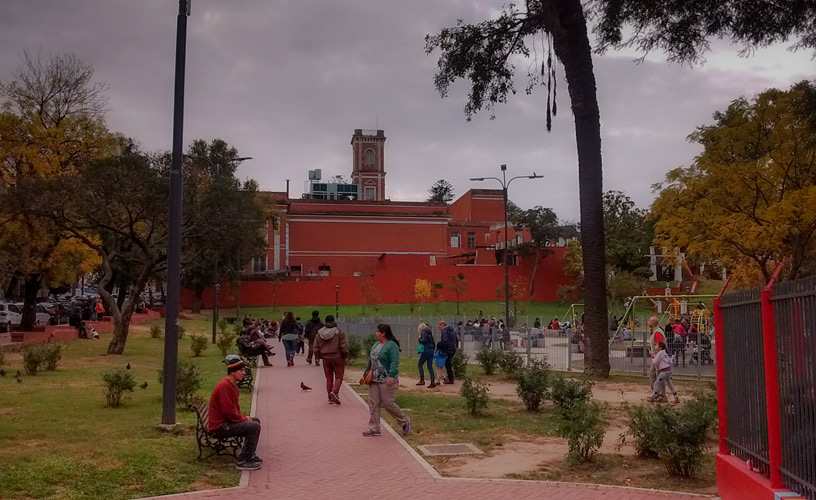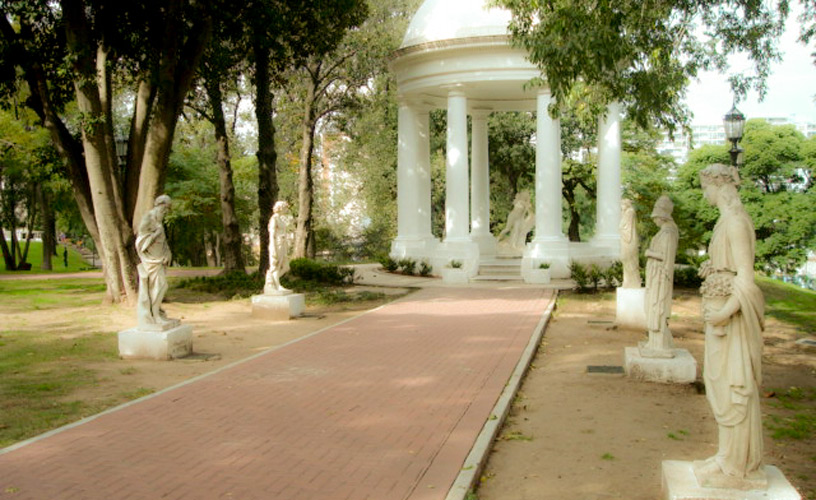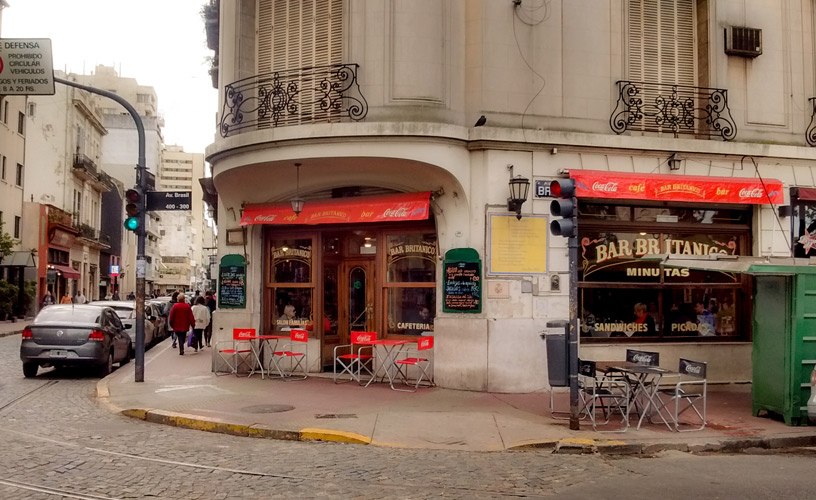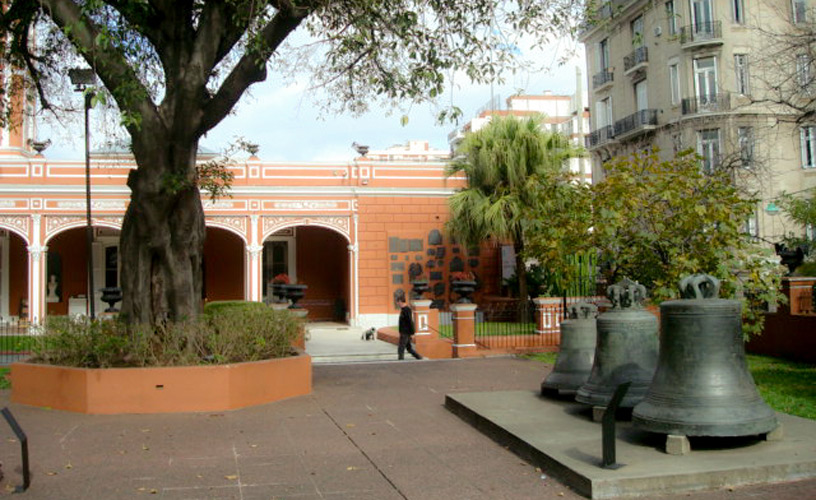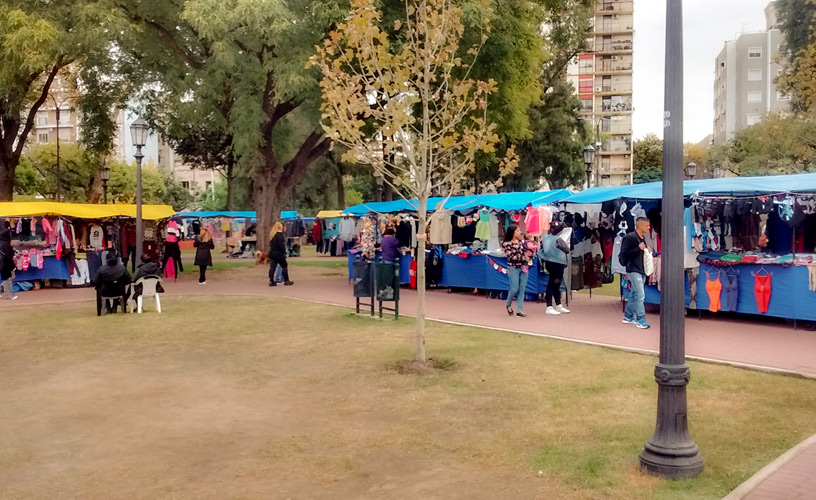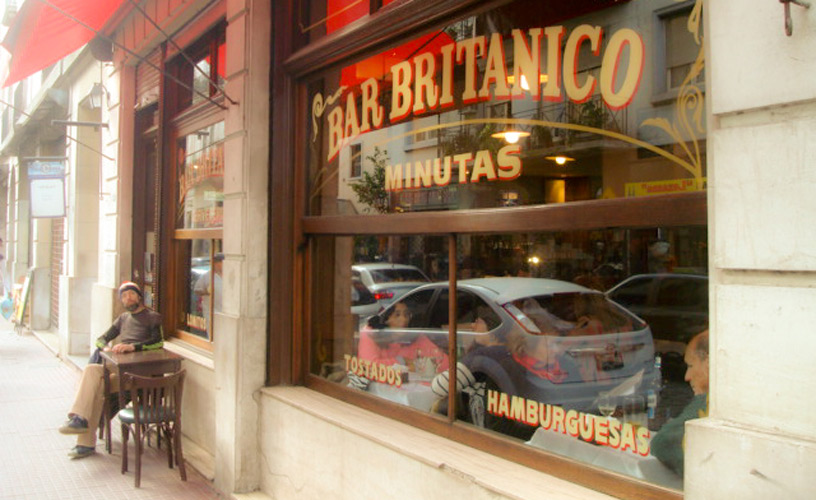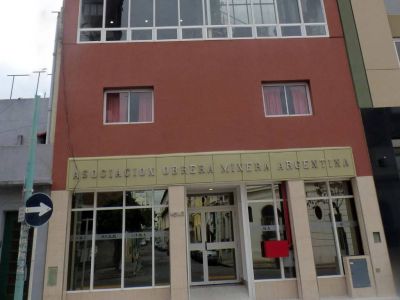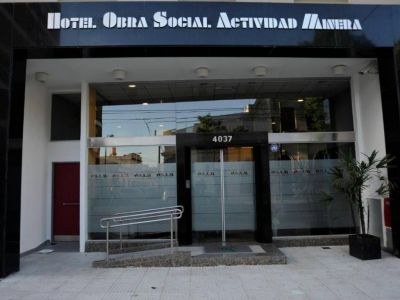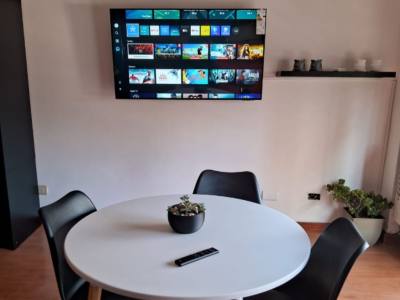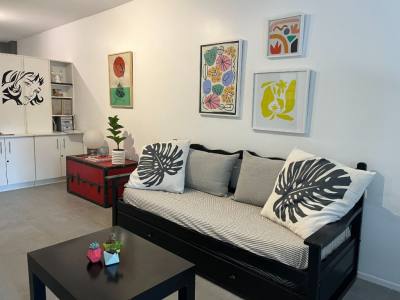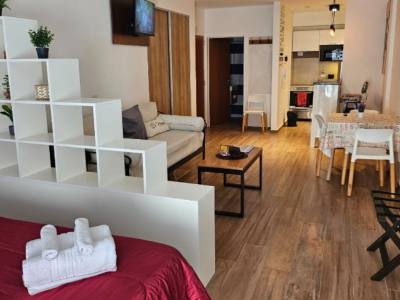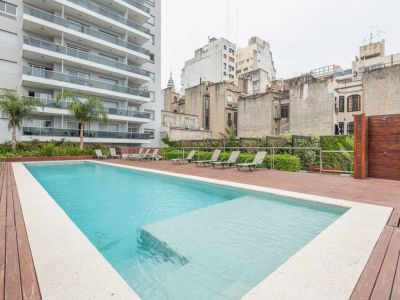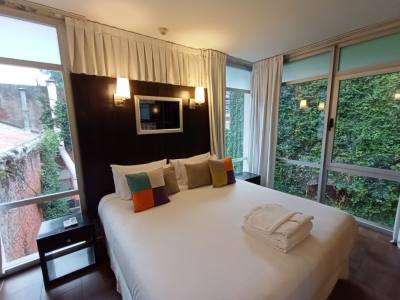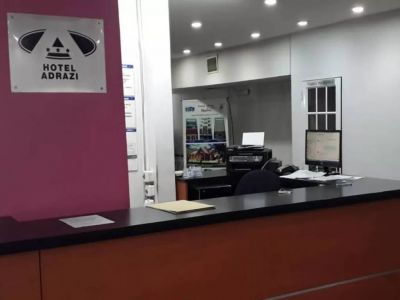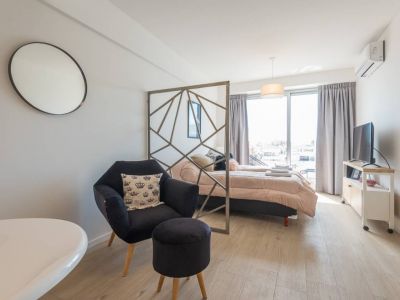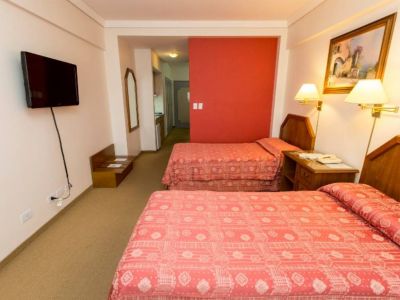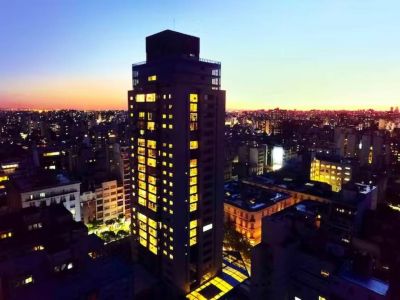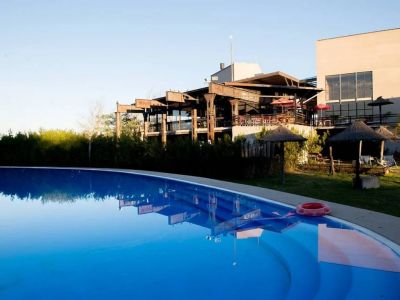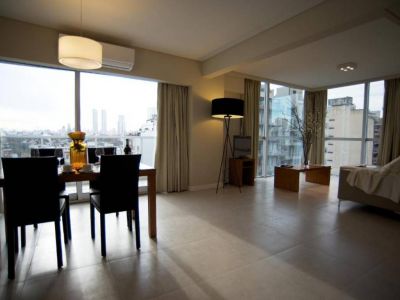Lezama Park is one of the most popular attractions in the City of Buenos Aires. It is also one of the oldest. Located in the neighborhood of San Telmo, on the border between Barracas and La Boca, the existence of the park dates back to the mid-nineteenth century, when José Gregorio de Lezama bought the then inhospitable territory and remodeled it completely in order to build a private park and a luxurious mansion with the style created by landscape designer Charles Vereecke. Once Lezama passed away, in the early twentieth century, his widow resolved to sell the properties to the government of the City of Buenos Aires provided that they would become a public park whose name would pay tribute to her late husband. The mansion had a similar destiny. That is why today it is known as the National Historical Museum. At present, the venue boasts a style worthy of its past. Unlike the hustle and bustle of the downtown, the neighborhood where this park is immersed breathes and lives in harmony. Quietness seems to be its maximum quality. The ancient buildings and typical grand houses of San Telmo with their lush vegetation co-exist here. The main access to the park is situated at the intersection between Defensa Street and Brasil Street, where an imposing bronze sculpture honoring Pedro de Mendoza welcomes all visitors.
A Ride around Lezama Park
In the background, the conifers become the protagonists. Countless tiled and dirt paths are interconnected, they fork and join in such a complex design that viewed from above they must look like a cobweb.
The former mansion owned by Lezama lies to the south of the monument. It now houses the Historical National Museum and stands at the highest point in the park, featuring magnificent colonial architecture.
Old brass bells are on display in the gardens together with ancient cannons formerly used to fight invaders. The Lions Gate connects the gardens with another entrance to the park. The ruthless iron figures inspire respect and authority among tourists.
Federico Díaz
Federico Díaz
